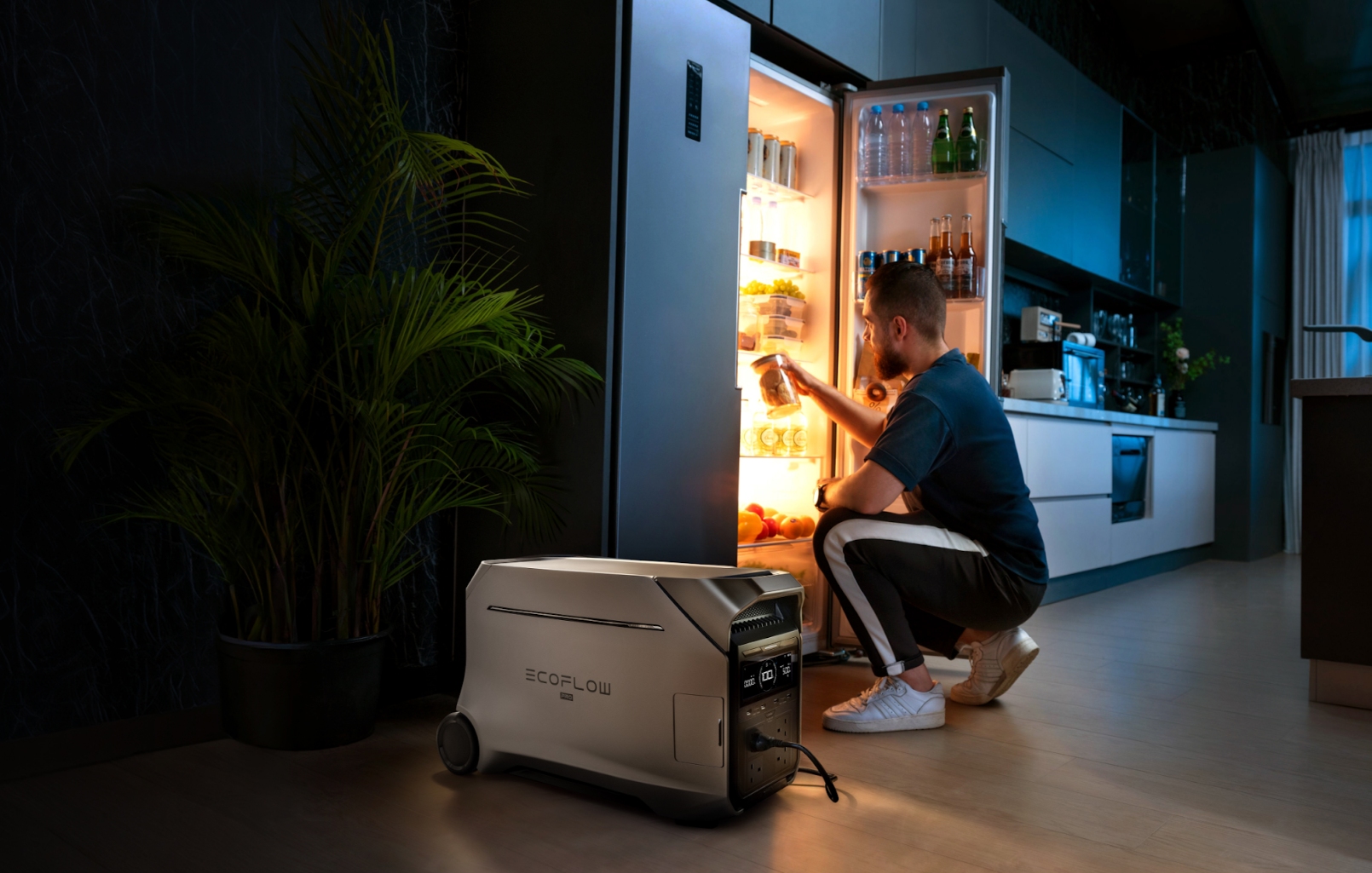- Which Bill Items Can Whole House Battery Backup Reduce?
- How Much Can Home Energy Storage Save Monthly?
- How Can Small Businesses Use Backup Power for Peak Shaving Safely?
- How to Right-Size a House Battery Backup System for Real Savings
- What Incentives Help Home Energy Storage Pay Back Faster?
- Implementation Checklist for House Battery Backup
- Start Your Whole House Battery Backup Plan Today
- FAQs
Rising Electricity Costs Crisis: Home Battery Solutions for American Families and Small Businesses
- Which Bill Items Can Whole House Battery Backup Reduce?
- How Much Can Home Energy Storage Save Monthly?
- How Can Small Businesses Use Backup Power for Peak Shaving Safely?
- How to Right-Size a House Battery Backup System for Real Savings
- What Incentives Help Home Energy Storage Pay Back Faster?
- Implementation Checklist for House Battery Backup
- Start Your Whole House Battery Backup Plan Today
- FAQs
Energy bills keep rising, and families feel it first. Small businesses feel it next, sometimes even harder because of demand charges. This guide focuses on simple actions that bring the bill down. The tools are clear: whole house battery backup, home energy storage, and careful peak shaving for shops and offices. Before you start, gather three things: the last 12 months of bills, any interval data, and your current rate plan name.
Which Bill Items Can Whole House Battery Backup Reduce?
Many readers want to know what a battery can actually change on the bill. Start by opening your utility portal and downloading recent statements or interval data if available.
Energy charges in peak hours. Shift use from peak to off-peak with timed charging and evening discharge.
Small-business demand charges. Reduce the single highest 15-minute power spike by discharging during start-ups or heat waves.
Outage costs that never show on a bill. Protect revenue, food inventory, medical stock, or home comfort by keeping key loads alive.
Items a battery will not change. Fixed fees, minimum charges, and taxes usually stay the same.
This helps you aim the schedule at charges that actually move. Next, mark which line items track kWh and which track kW. That tells you where a whole house battery backup delivers the most value.
How Much Can Home Energy Storage Save Monthly?
You want a fast way to check potential savings. Use one simple formula with numbers from your own bill:
Monthly savings ≈ (Shifted kWh in the month × [Peak price minus Off-peak price]) + (Peak kW reduction × Demand charge rate).
Use the posted prices on your tariff page. For demand charges, read the highest 15-minute kW on the bill. Multiply the daily kWh shift by the number of days in the billing cycle, then add the demand effect. For a payback screen, divide the total project cost by the monthly savings. Treat this as a first pass and confirm with real billing data after you run home energy storage for a full cycle.
How Can Small Businesses Use Backup Power for Peak Shaving Safely?
Demand charges can dominate small-business bills. One interval sets the month. A careful routine trims that peak while keeping operations smooth.
First, confirm the rules that apply to your site. Many areas restrict using emergency engines for economic peak shaving. Batteries avoid engine limits, yet permits and inspections still apply. Always use the listed transfer equipment and isolate from the grid during discharge events. For backup power for home and business scenarios, safety practices remain the same.
A simple playbook
- Pull last summer’s interval chart. Find the top three spikes and note the time of day and the loads that were running.
- Tag two or three flexible loads that can move by 15 to 30 minutes, such as dishwashers, ice makers, laundry, or EV charging.
- Set an auto-discharge threshold a little below your usual peak, and keep a small reserve for true outages.
- Log the new monthly peak in a spreadsheet. Save a PDF of the bill each month to show the drop in kW.
- Review comfort and workflow with your team. Small changes to start-up sequences often remove the last spike.
This approach trims demand charges while keeping safety first. It also keeps options open if rates change later. Whole house battery backup is useful in many small commercial spaces with the right equipment and permits.


How to Right-Size a House Battery Backup System for Real Savings
Sizing begins with purpose. Decide if you want critical-load protection, bill savings, or both. Then match power and energy to that purpose.
Step 1. Build the essential load list
Refrigerator, lighting zones, home office gear, network, a bedroom circuit, and medical devices, if present. Add HVAC carefully. Central air can need a soft-start and higher inverter power during compressor start.
Step 2. Pick power in kW
Sum typical running watts, then add room for motor starts. A short surge can be several times the running load. Measure with a clamp meter or ask an electrician to verify.
Step 3. Pick energy in kWh
Plan for evening discharge across 2 to 4 hours. Add 10 to 20 percent state-of-charge as a reserve for unexpected events. A house battery backup system set this way supports both comfort and savings. If unsure, start smaller and add capacity after one billing cycle of real data. For example, the EcoFlow DELTA 3 Ultra Plus offers 3072Wh with 3600W AC output and up to 7200W surge, which is enough to cover common home essentials like refrigerators, lighting, and a home office during peak hours while still leaving a reserve for outages.
Step 4. Plan the schedule
Charge during off-peak or midday solar. Discharge through the early evening. Leave a small reserve after 10 p.m. so outages at night still have coverage.
Step 5. Verify at the panel
Confirm space, transfer equipment, and labeling. Keep circuits balanced. Record before-and-after measurements so you can see the effect of whole-house battery backup on peak periods.
What Incentives Help Home Energy Storage Pay Back Faster?
Credits and programs change by location. A federal clean-energy tax credit may apply to qualifying home batteries. Eligibility depends on your installation and tax profile. Many utilities also publish time-of-use plans and battery rebates that reward shifting or self-consumption.
Two quick actions help most readers. Check your current rate page for time-of-use options. Then search your utility site for battery rebates or demand response programs. Document every step and keep copies. This protects the economics you expect from whole house battery backup. This section is informational only and not tax advice. Check official guidance for eligibility.
Implementation Checklist for House Battery Backup
The first week sets the tone. Treat it like a project with clear roles and clean data. A backup battery for house use should follow safe work practices from day one.
Pre-design
- Gather 12 months of bills and any interval data.
- Confirm rate name, peak schedule, and holidays in the tariff.
- Define critical circuits and add nameplate photos to a folder.
Pre-install
- Choose the transfer method and mounting location with clear airflow.
- Check working clearances, conduit paths, and grounding plan.
- Submit any required permit and schedule inspection with the Authority Having Jurisdiction and your utility before commissioning.
- Create an outage drill for your family or staff. Keep it short and repeatable.
Commissioning
- Set time-based charging and a discharge window that aligns with the tariff.
- Reserve 10 to 20 percent state-of-charge for outages.
- Label the panel, the transfer switch, and any subpanels.
First month
- Log daily peak kW and total kWh shifted.
- Compare the new bill to your baseline.
- Adjust thresholds if the control is too aggressive or too soft.
This checklist keeps the process predictable and safe. It also creates a record that proves savings from whole house battery backup to anyone who asks.
Start Your Whole House Battery Backup Plan Today
A clear plan turns rising rates into manageable numbers. Begin with your own data, set a simple discharge window, and track results for one full billing cycle. If the numbers look good, refine thresholds and expand the circuit list. Families gain steadier comfort, and small businesses gain bill control with fewer surprises. Whole house battery backup, combined with thoughtful scheduling and sound safety practices, gives you a practical path to lower costs and better resilience. Put these strategies to work with the EcoFlow DELTA 3 series and start building steadier, lower-cost power.


FAQs
Q1. Do I need permits or utility approval for a battery-only setup?
Yes. Most homes need an electrical permit and inspection by the local Authority Having Jurisdiction. If the system can export to the grid, submit an interconnection application to your utility. Backup-only systems still require code-compliant wiring, labeling, and a verified transfer method to prevent backfeed.
Q2. Can a battery work with an existing generator without conflicts?
It can. Use a compatible transfer switch or an interlock so only one source feeds the panel at a time. Set the battery to cover short outages and peak events; keep the smart generator for extended outages. Confirm neutral bonding, grounding, and controls so the two sources never energize the same conductors simultaneously.
Q3. How do temperature and placement affect battery performance and life?
Choose a location protected from freezing, heat, and direct sun. A conditioned garage wall or utility room often works well. Provide ventilation per manufacturer instructions and local code. Avoid flood-prone areas and corrosive environments. Clear working space improves service access and helps inspectors verify labels, disconnects, and wiring routes.